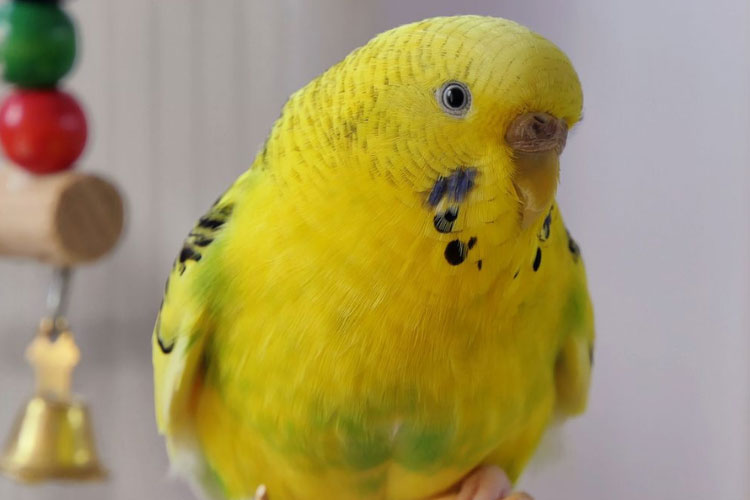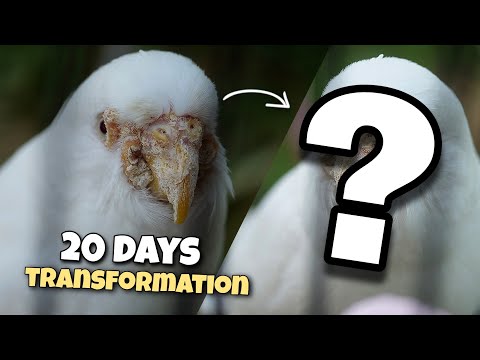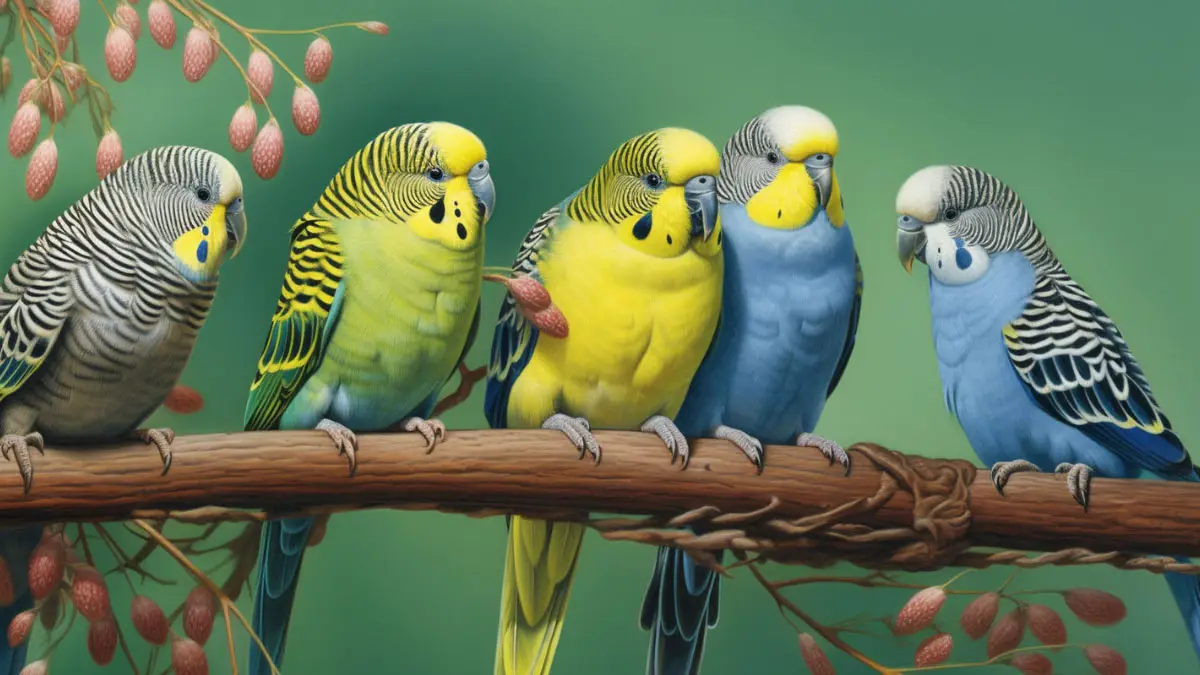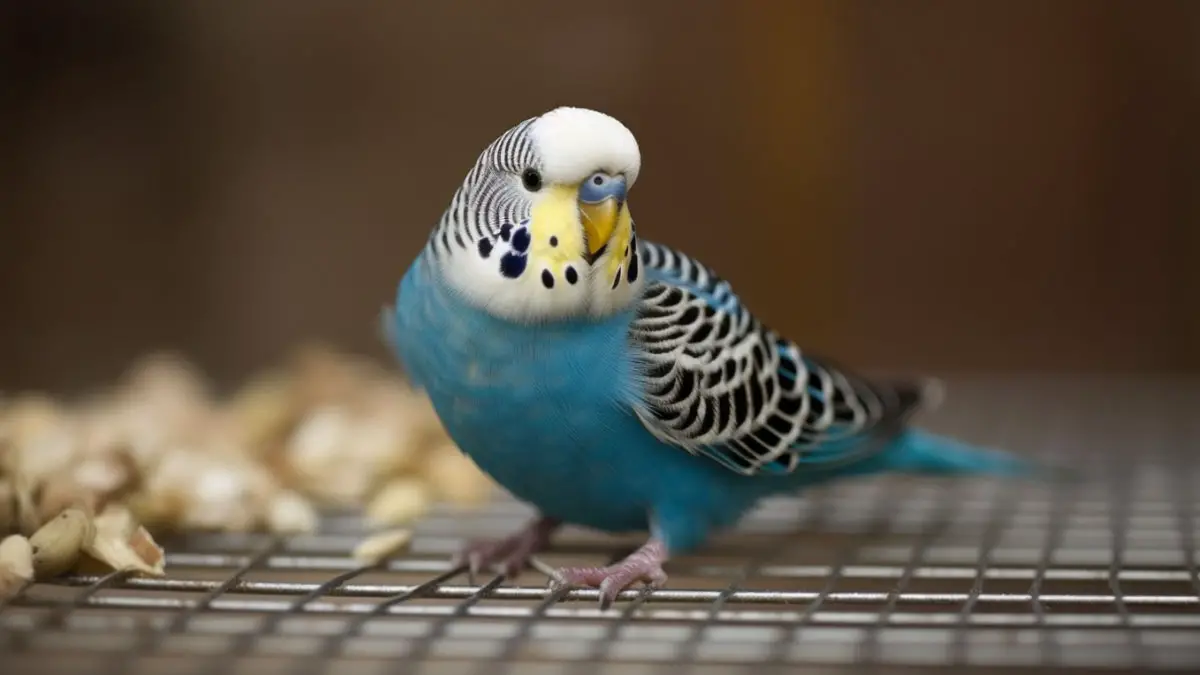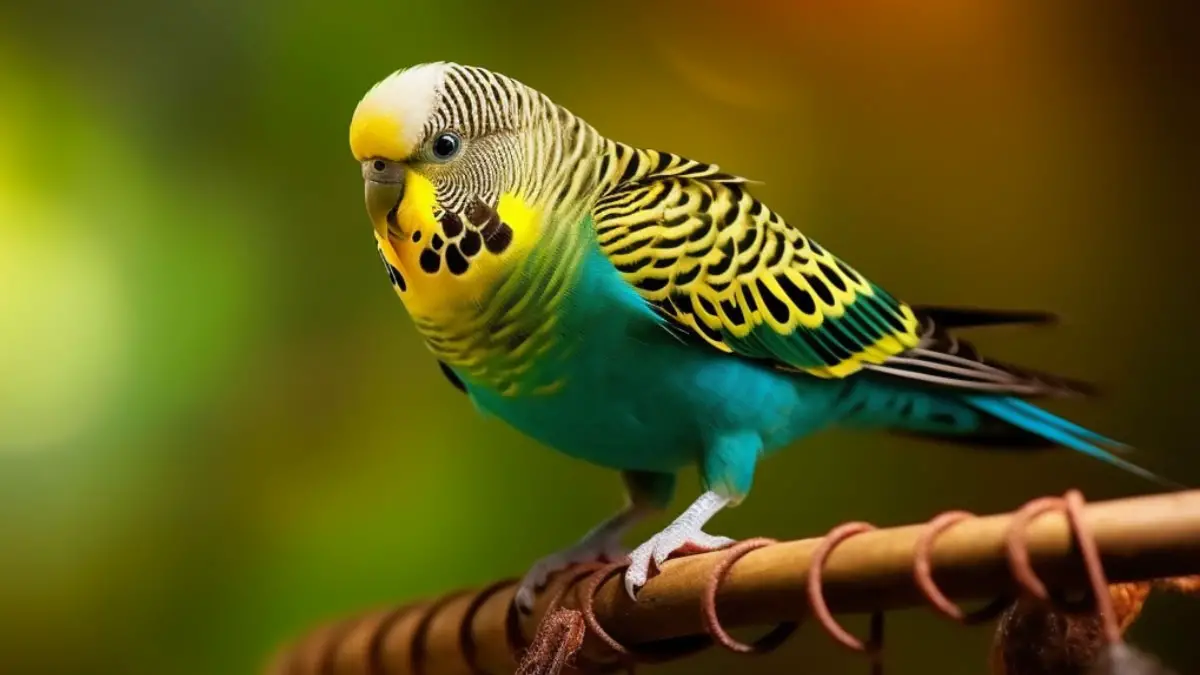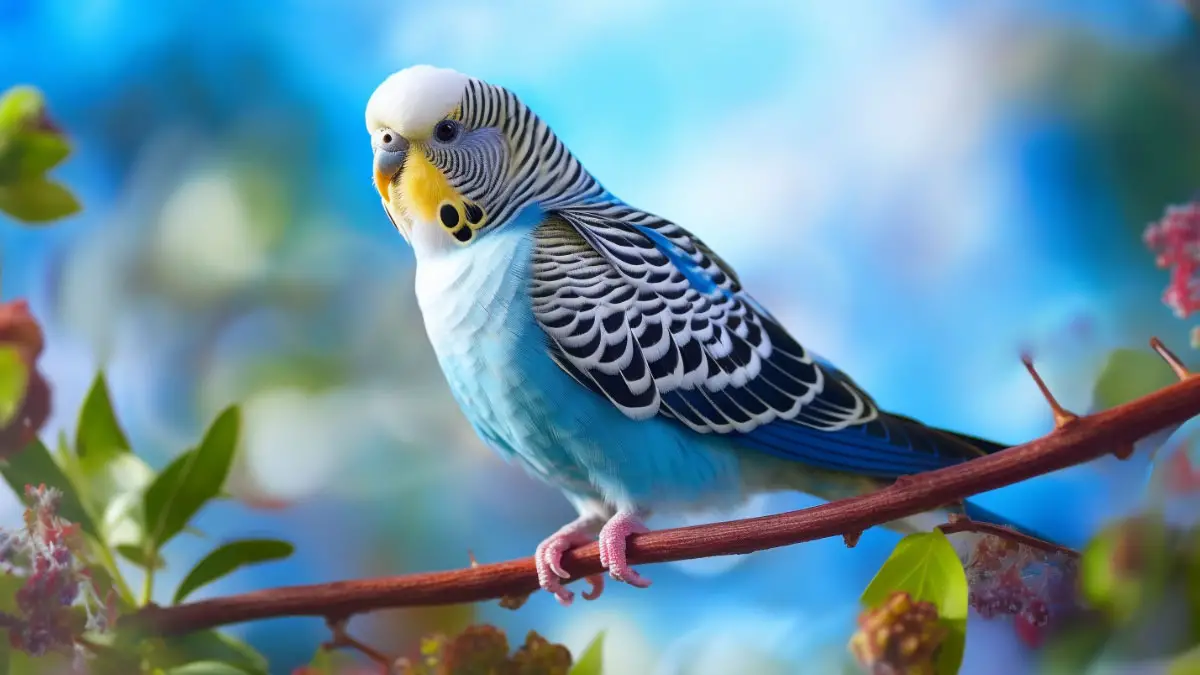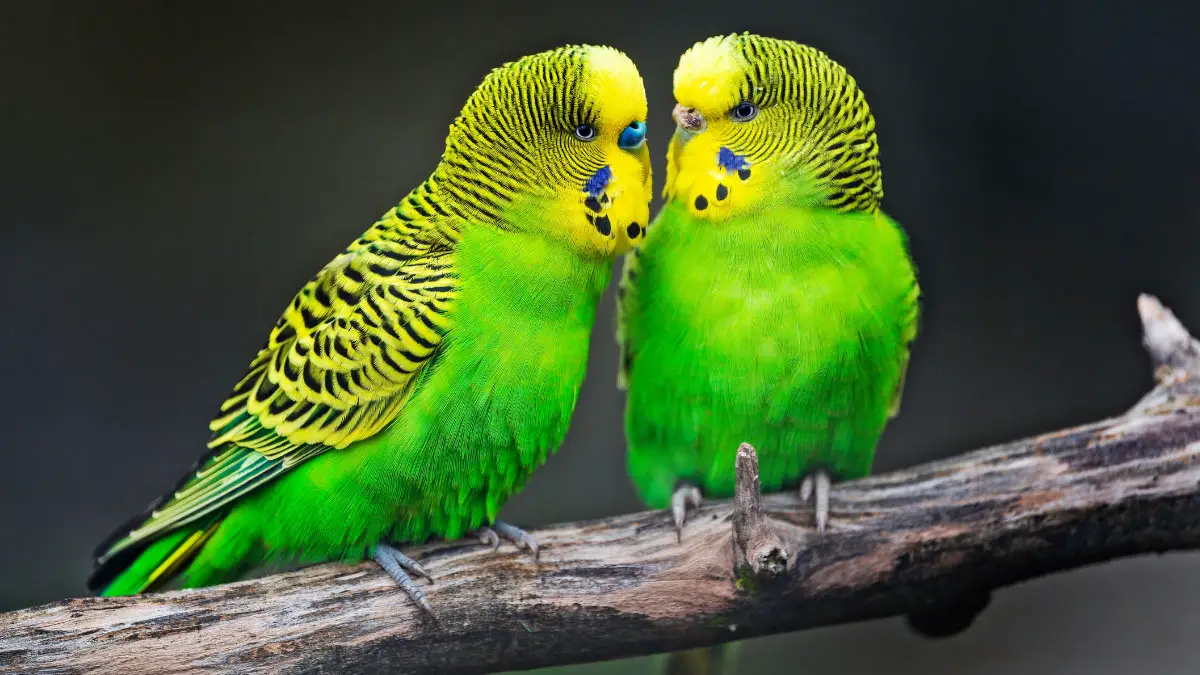Budgies are known for their beautiful colored feathers that come in various colors. However, sometimes these feathers host pests that can harm the pet’s health if left untreated for a long time. As an avian pet lover caring for budgies, you might have encountered budgie mites and lice, but how do you identify them?
So, how do you identify budgie mites and lice? Budgie mites and lice are often symptomized by restlessness, constant preening, and crust thickening, among others. Since mites are nocturnal, you can spot them on your pet’s feathers at night. If left untreated, mites and lice can make your bird severely sick.
Despite budgies being low-management pets, they occasionally get infested by pests, making them sick. Read more about budgie mites and lice and how to treat and prevent them.
What Are Budgie Mites and Lice?
Among the drawbacks of keeping budgies as pets are pest infestations. Your pet can get these pests from an already affected bird or an unclean environment. Mites and lice are the usual suspects who can negatively impact the pet’s health.
Mites are tiny, almost millimeter-long pests who survive by feeding on a host. Some are semi-transparent, only changing the color to a reddish hue after feeding. Some, like the scaly-face mites, are known to infest birds, particularly budgerigars.
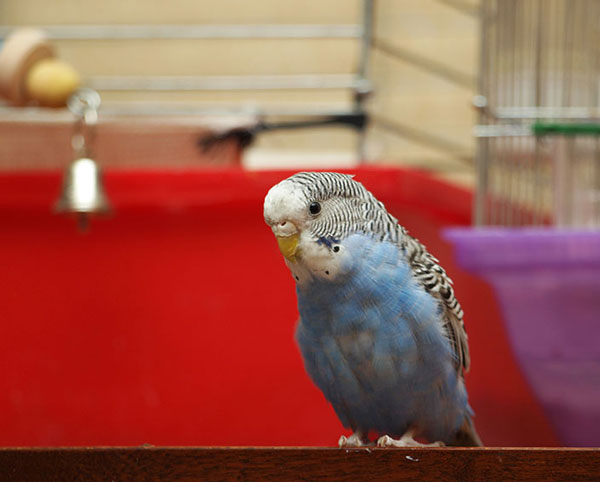
Lice are at least 3mm long pests that also infest birds, including budgies, and affect their feathers. They are easier to spot because they’re bigger, even though they conceal in the colorful budgie feathers. Lice lay eggs on the bird’s feather shaft, where they hatch after a few days. Most are white, dark gray, and gray-brown.
Since budgie mites and lice cannot fly, they crawl from one bird to another when they’re in close contact. It’s best to seek help from a veterinarian to get a disinfectant, or you can buy one from a pet store. A herb like Cymbopogon citratus is a natural pest deterrent that you can use to keep away mites. Also, using an infuser, you can make coffee grounds to use as natural pesticides.
Symptoms: How Do I Know If My Budgie Has Mites or Lice?
It’s hard for most new pet owners to realize when parasites have infested their pets. For small birds like parakeets, failing to identify an infestation can lead to several health conditions. Below are some ways to know when your budgies have mites or lice.
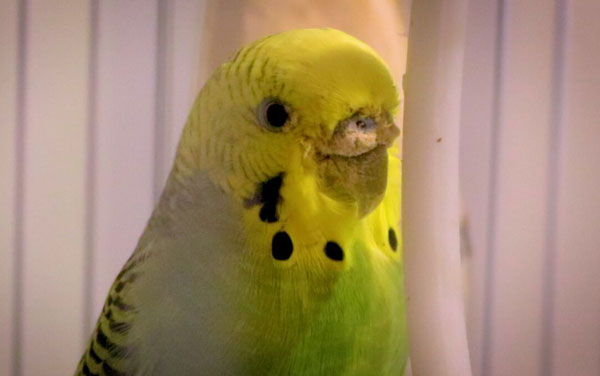
1. Thickening of crust
The early signs of pest infestation in budgerigars include crust thickening near the cere area. The area becomes rough and often extends towards the eye area or downwards on the beak.
2. Visually identify mites
You can visually identify the mites by observing your pet’s wings and plumage area. Adult mites and lice are large enough to be seen by the naked eye.
3. Day sleeping
Mites, especially red mites, are active at night, which keeps the budgies awake most of the night. The birds compensate by sleeping during the day when there are fewer disturbances.
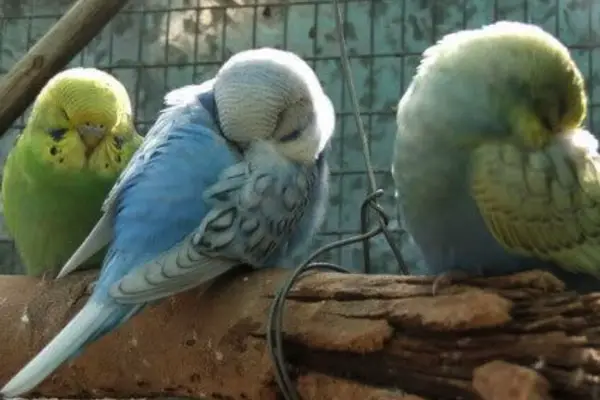
4. Crusty Toes
Budgie’s scaly legs are also targeted and affected by mites and lice. The symptoms include discolored toes, increased toe sizes, and abnormal texture.
5. Regular fluffing
Infested birds regularly fluff to try to shake the mites off their feathers. The birds will also preen themselves excessively, even when feeding and playing. Sneezing can also signify mites or lice infestation as they attempt to clear their airways.
6. Feather damage and discoloration
High numbers of feather mites can damage the bird’s feathers by chewing on them. The budgie will appear untidy even after preening or cleaning themselves.
7. Agitation and restlessness
Because of the constant itchiness and scratching, pets infested with pests are often restless. Budgies will also appear agitated because of the lack of sleep and itchiness.
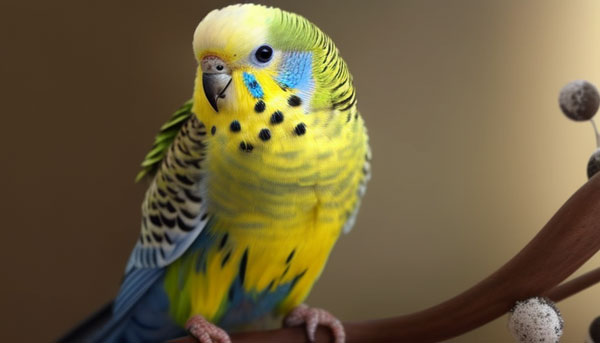
What are The Types of Budgie Mites and Lice?
Despite the world having over 3 million mite species, only a few infest birds, specifically budgies. They attack the birds’ beaks, feathers, legs, and airways, causing physical and health injuries. Below are various types of mites and lice that can affect your pets.
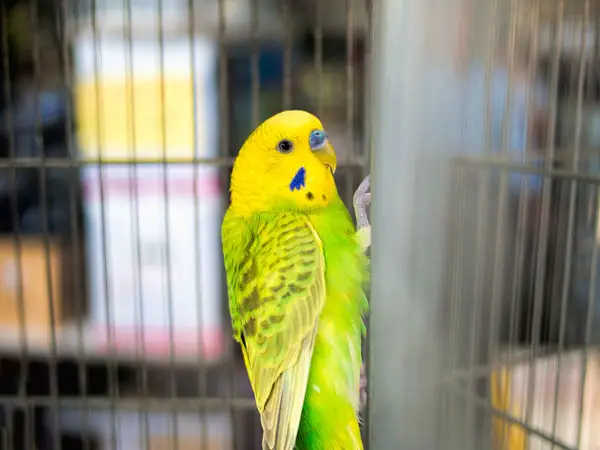
1. Scaly face
Scaly-face mites, also called Knemikadokoptes, causes crusting on the birds’ beak area. The mites live on the host, where they continue to multiply, causing extensive hair loss. They can also infect birds, causing tassel feet if left untreated.
2. Feather mites
Feather or red mites are minute pests attacking the bird’s skin and feathers. They are nocturnal, feeding on the budgie at night and hiding in the cage cracks, nest area, or other parts during the day. If left untreated, they can be fatal to birds, especially chicks.
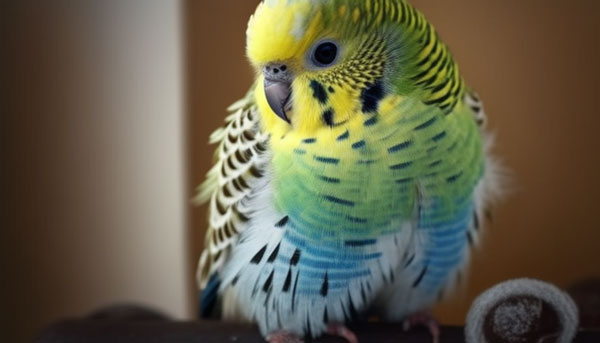
3. Feather Lice
There are a variety of lice capable of infesting avian pets. They live on the bird’s feathers, where they lay eggs and hatch within three days. The mites can damage the bird’s feathers, making them look untidy.
4. Air sac mites
As the name suggests, air sac mites affect the bird’s airways. Birds infested with these pests have difficulty breathing of the blockage and irritation in the air sacs. Young birds are more likely to die from heavy infestations of air sac mites.
Causes: How Do Captive Budgies Get Mites or Lice?
Budgies infected by mites and lice undergo a difficult period before they recover. Also, mites and lice can be lethal enough to kill these colorful pets if not treated. Learning about the possible origins of these parasites can help you prevent rather than remedy them.
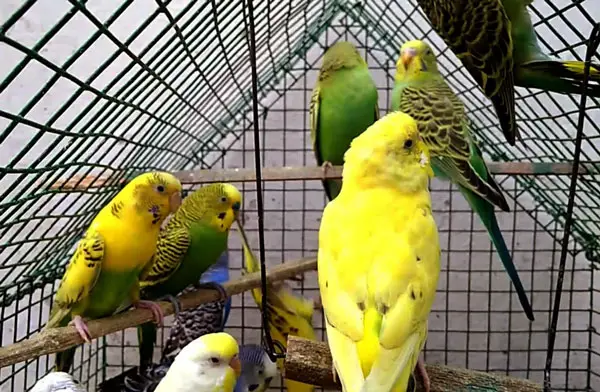
Below are some possible ways captive budgies get pests:
1. Cage mates
Most pet birds get parasites from other birds in their aviary. A parent budgie can infect its chicks. Also, if you’re bringing your resident budgie a mate, assess it for mites infestation before introducing it to the existing one.
2. Poor Hygiene
Poor cage hygiene is another cause of mites and lice in captive budgies. If the cage is dirty and moist, it can provide a perfect condition for these parasites to grow. Sadly, they multiply so fast; before you know it, the damage is already too much.
3. Owners
Though rare, pet owners can carry parasites on their clothes and pass them on to their pets. The scenario is likely if the bird owner likes petting any pet they run into.
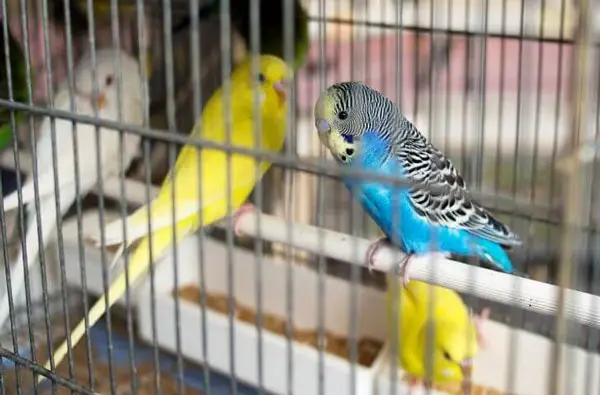
4. Second-hand Furniture
Sometimes used furniture pieces host mites and lice. Maybe they stayed in the stores for a long, accumulating dirt, thus becoming a perfect breeding ground for mites and lice. Using such furniture in your home will spread the mites all over, and your budgie cage will not be exceptional.
5. Other Pets
While you may successfully cage some pets, others, like a cat, cannot cage. They may even leave your home and go hunting. Such a cat may bring home dead-infested animals or catch the mites and bring them home. Ensure you contain your cat and other pets and regularly check their bodies for mites.
How Do You Treat Budgie Mites and Lice?
Mites, particularly scaly-face mites, can affect the integrity of your bird’s beak so badly that it is removed. Therefore, if your bird shows symptoms of infestations, take it to an avian pet as soon as possible. Often the vet will spray the birds with pyrethrin pesticides to get rid of the pests.
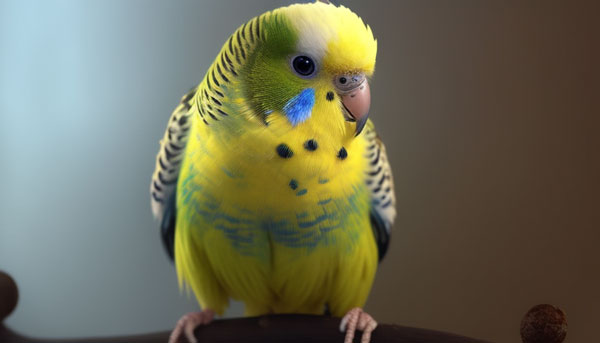
Antimicrobial resistance is an occurrence where bacteria or parasites are not affected by pesticides. This circumstance is possible if you attempt to treat the infestation but don’t clear all the pests, especially using a miticidal antibiotic. Use pesticides for lengthy periods, giving a drop on its neck per week for a month to kill mites and eggs.
While selecting a disinfectant, select the pesticide without organophosphate chemicals, which can cause health issues for you and your pet. Also, spray the cage with a pet-safe disinfectant that has no harsh chemical substance that can irritate the pet. Dust the budgie with insecticide powder and follow all instructions to protect the pet.
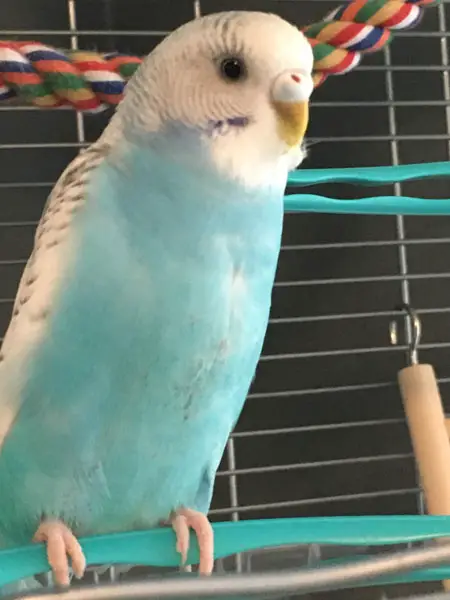
What Home Remedy Kills Budgie Mites and Lice?
While taking your pet to a vet is the first and best solution, some home remedies can also work. You can use natural products like lemon grass oil and coffee grounds as pesticides. However, coffee can harm pets and for safer use of this method, follow all directives and instructions.
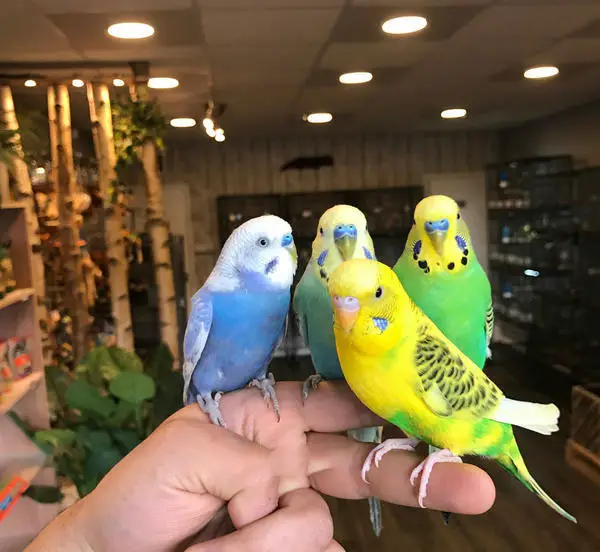
Below are some home remedies for clearing and protecting budgies from mites.
- Remove the nest and other materials where the parasites hide during day times.
- Clean the cage after disinfecting since some pests are not constantly on the birds and live in the crevices.
- Use vinegar and boiling water to clean and disassemble the cage for better washing.
- Use a brush for hard-to-reach parts and rinse thoroughly to clear any remaining residues.
- Repeat the process weekly to prevent further infestations, even after mites are eliminated.
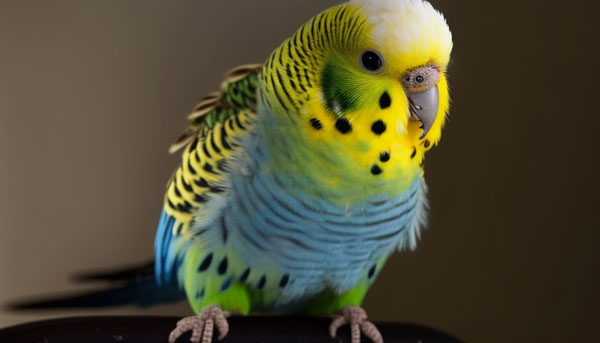
When you realize your budgie has mites, you may rush to buy chemicals because they are readily available. But that’s not always the best method, as some can be harmful, especially if your budgie has wounds from mite and lice bites. Just like farmers use a herb like a gilia tricolor for pest control, you can also eliminate the mites using essential oils like lavender and eucalyptus.
Can My Budgie Die From Mites Infestation?
Though sad, your pet budgie can die from infestation by lice and mites. When overly infested, your budgie will likely develop anemia after losing too much blood. If your bird develops anemia and you fail to detect and arrest it in time, it may trigger other infections. The infections further disrupt your bird’s body functionality, leaving it with minimal chances of survival.
As such, you should check out with an avian vet whenever you notice an infestation on your budgie. Apart from bathing and oiling it, they may also recommend taking ivermectin. Your vet will determine the right mixing rates depending on the extent of the invasion.
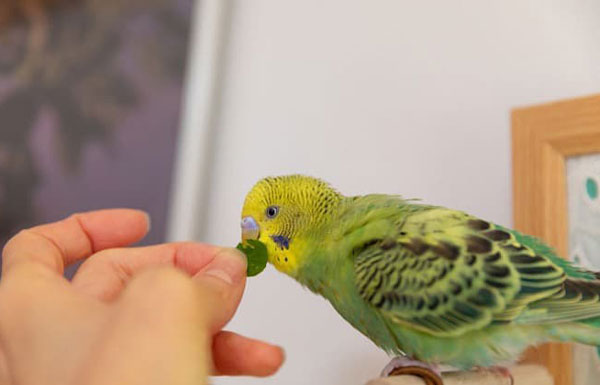
It’s unlikely that your bird will just collapse and die. As such, you can prevent death if you detect the problem early by checking the infestation symptoms we discussed. Below are also other health conditions that your budgie may exhibit when heavily infested;
- Frequent fainting
- Drastic weight loss
- Painful lesions
- Swollen parts
- Deformed beak
Depending on the kind of mites infesting your budgie, you will realize any of the above conditions. As a caring budgie owner, you should spend quality time with it to detect such problems before they escalate too far. You don’t want to see your pet bird in pain because of a problem you would have prevented.
YouTube Video Of a Budgie With Burrowing Mites
The below video shows how a pet lover adopted and cared for a heavily-infested bird. You realize the budgie is restless and uses its toys to ease the irritation.
FAQ
Parasite infestations are some of the distressing moments for both the owner and the pet. While researching to understand the causes and remedies, pet owners raise several questions. Below are some of these frequent questions and their answers
Since some pests can survive outside a body, they can move from the nest to humans. However, avian mites and lice don’t pose a health threat to humans because they cannot complete their circle with a human host. Human blood is also not enough for the avian pests, who need to host a bird to survive.
If your bird had an infestation by pests that lived in its body, it must first get disinfected to survive. However, the parasites will move from an unoccupied nest unless they find an avian host before dying. It’s best to spray the cage and wash it to clear any infestation instead of letting the pest free roam and die.
Outro
Any infestation can prove fatal for anybody infected, be it a person or an animal. Small and beautiful birds like budgerigars undergo a difficult period when infested. The worst part is when new owners fail to realize the birds have mites until it’s too late, and their skin or feathers are damaged.
Budgie mites and lice affect their skin, bills, feathers, and airways. They cause pain, irritation, and discomfort in the birds and can prove fatal if left untreated. Learning the causes can help prevent an infestation, while the remedies can treat an already infected bird.
